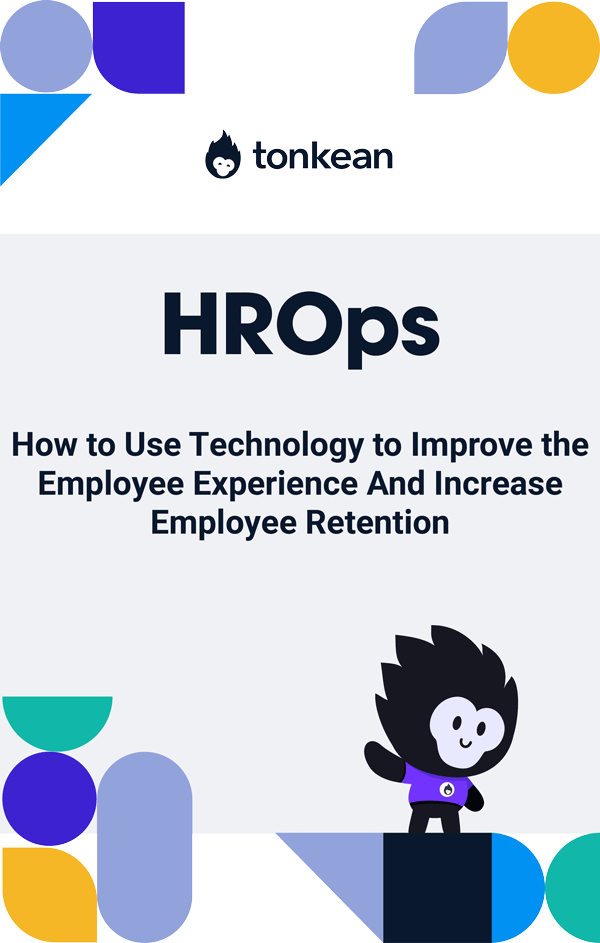Whitepaper
HROps: How to Use Technology to Improve the Employee Experience And Increase Employee Retention
What will you learn?
The work that HROps professionals do has never been more important. During the pandemic, millions of workers were compelled to change jobs or relocate, and remote work became all but standard for entire markets and verticals. At the same time, the American workforce was forced to reckon with widespread racial inequality and a lack of diversity in company ranks, and diversity, equity, and inclusion (DEI) initiatives sprang up to redress shortcomings in the employee experience. And then, more recently, financial headwinds resulted in widespread layoffs. In addition to the hardships of throngs of workers looking for jobs, employers had to contend with plummeting morale and fears about more job losses. Employees have been asked to do more with less.
With those changes, new challenges emerged. The task of responding adequately fell by and large on one cohort: HROps. On one hand, this has had the effect of elevating HR leaders inside organizations. HR professionals know it’s on them to do things like improve the employee experience, increase employee engagement, reduce manual work, reduce app overload and other technology burdens, and honor DEI commitments. They’re ready for the call. Technologies such as intelligent no-code automation can help.
Download this whitepaper for concrete examples, complete with step-by-step instructions, of how to leverage automation technology to automatically coordinate and track requests and tasks across stakeholders and systems, as well as automate formerly time-consuming manual work. In the process, you’ll deliver a better, more empathetic, more compelling, and more human-centric employee experience within your organization.
Download Your Whitepaper

3 things to take away from this whitepaper
- How to use intelligent intake automation to automate and centralize new employee onboarding. One core problem with the employee onboarding process today is that it’s spread out over so many different tools and systems, few of which play nicely with each other. One solution is to centralize all of onboarding’s disparate parts into one highly actionable, fully integrated portal view.
- How to use intelligent intake automation to automate and optimize request handling. On average, more than half of every employee’s day—58% of the work we do—cannot be accounted for. Much of that time is lost to triaging and coordinating responses to inbound requests. HROps teams can create workflow solutions that promote self-service and autohandle FAQs.
- How to improve the employee experience by curbing app fatigue, recapturing your own time, and working smarter. The average enterprise uses anywhere from 110-240 apps. HR can improve the employee experience by reducing the number of interfaces employees need to learn how to use and toggle between. The key is designing processes that accommodate employee preferences.










